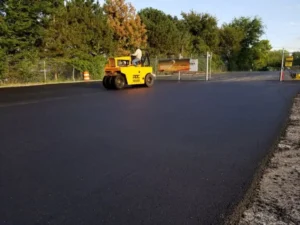
What Is an Asphalt Pavement Assessment?
Although there are other methods that an asphalt company can use to make a pavement assessment, contractors typically start with a visual inspection. A visual inspection of asphalt paving in Austin is something that virtually any property manager or owner can do. It is simply an exercise to identify current and potential issues that may require the services of an Austin paving company or a maintenance contractor.
What Is the Best Way to Conduct a Visual Pavement Inspection?
Schedule your assessment for a day on which traffic is lightest. For example, if you need to inspect your commercial parking lot, the best time would be on a day when your business is closed. Have your asphalt pavement swept or power-washed so that potential damage will not be hidden under piles of debris. The following steps also apply to an asphalt pavement overlay.
1. Arm yourself with a notebook, smartphone, or video camera. This allows you to document the issues and their locations.
2. Look for breaks in your pavement, including cracks, rips, alligator cracking, and potholes.
3. Check for evidence that your pavement is suffering from distress. Some signs of pavement distress include loose gravel on the surface, ruts in the pavement along wheel paths, and wavy lines or wrinkles.
4. Inspect the edges of your pavement to make sure they are not crumbling or cracked. Edge damage is more common on asphalt pavements without gutters and curbs.
5. Look for depressions in your pavement. Since water will collect in these low spots, it may be easier to identify them after a heavy rain.
6. Check your catch basins, drains, and gutters to make sure that water can move through them unimpeded.
7. Make sure that your line striping and pavement markings are intact and undamaged. If the paint has lost more than 25% of its original visibility, you should repaint.
8. Assess the color of your pavement. New asphalt paving in Austin should be dark black. However, exposure to the sun can turn its color to an unsightly brown or gray. Sealcoating can help prevent color loss as well as undo it.
RDC Paving is an asphalt paving company, and we would be happy to provide you with a thorough assessment of your pavement. We are a respected Austin paving contractor with an exemplary reputation for honesty, superior craftsmanship, and outstanding customer service. We offer asphalt crack repairs, parking lot striping, asphalt repairs, asphalt overlays, asphalt paving, asphalt milling, concrete ADA services, parking lot maintenance plans, concrete repairs, asphalt sealcoating, and asphalt driveway paving. We also install concrete parking lots, concrete driveways, concrete curbs, concrete sidewalks, and concrete ramps. We offer free, no-strings-attached quotes, so call 512-920-9155, send an email to Ryan@RDCPaving.com, or complete our online form to submit your request.




